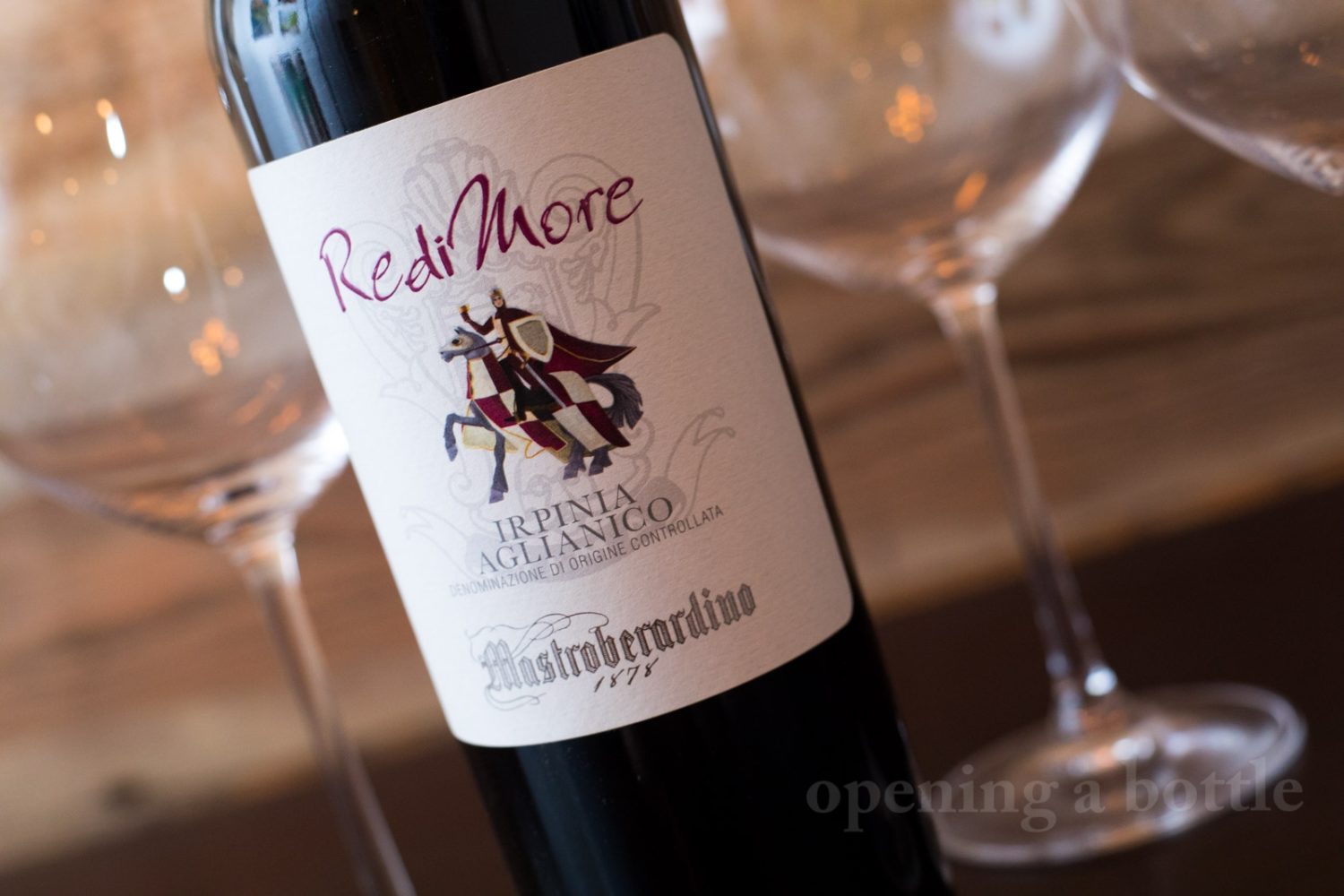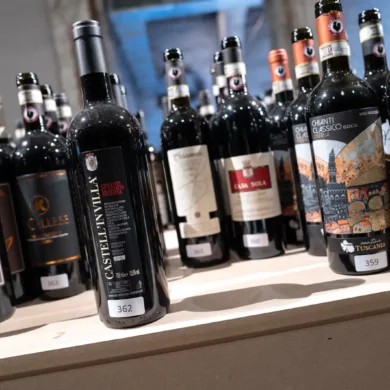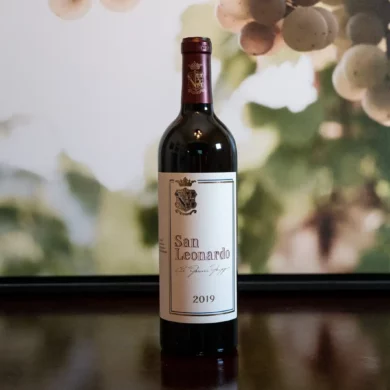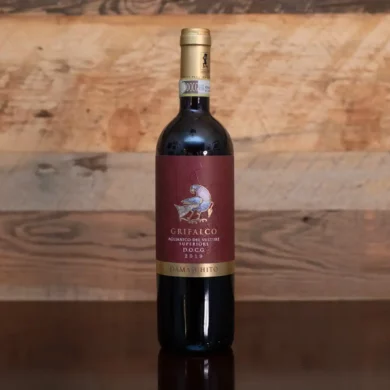In the southern Italian regions of Campania and Basilicata, Aglianico is the heavy-hitter. Often called the “Barolo of the South” (which I am sure winemakers down there love to hear) this late-ripening, thick-skinned, tannic grape yields wines of upright power and earthy mystery.
The grape’s biggest champion in the post-World War II years was Antonio Mastroberardino, the so-called “Grape Archaeologist” of the Taurasi region of Campania. Aglianico needed a savior at the time. So did the superior white grapes of Fiano and Greco. The war and phylloxera had left the region’s vineyards in tatters, and the modern era of EU vine-pulling schemes and industrial agriculture was rumbling on the horizon.
God bless Antonio for the work he did, because today Campania produces some of Italy’s most distinctive, ethereal wines, all from indigenous, local grapes that are rarely found outside Campania. On the red wine spectrum, Aglianico leads the way.
Taurasi and Aglianico del Taburno — as well as Aglianico del Vulture Superiore in Basilicata — are the most famous areas for this grape, each earning DOCG status. But the greater Irpinia DOC appellation (which envelops Taurasi), has a few interesting examples as well, including this wine from Mastroberardino.
The vineyard that yields the grapes for “Redimore” is located just outside Taurasi in the village of Mirabella Eclano, where the loose sandy soil is deep. The wine has an extended maceration in stainless steel tanks and sees 12 months in French oak before it is bottled for six months then released.
This vintage is by no means the most recent, but its what I found at Mondo Vino here in Denver when I bought it last summer. It is a mountain of a wine, rich with bitter fruit, earthy aromas and full textures. The tannins were far from abrasive — to return to the earlier thread on Aglianico’s similarities and differences from Nebbiolo — but they lent the wine plenty of traction on the palate. Serve “Redimore” with fatty cuts of pork or a buttery mushroom risotto and you’ll have found its match.
2014 Mastroberardino “Redimore” Irpinia Aglianico
 Irpinia DOC (Campania), Italy
Irpinia DOC (Campania), Italy
Grapes: Aglianico (100%)
Alcohol: 13.5%
Rating: ★★★★ 3/4 (out of five)
• Food friendliness: Versatile
• Value: Very good
Tasting notes: This wine has gravitas. On the nose, it is distinctly Italian: savory, earthy, bittersweet fruit eventually gives way to more specific tones, recalling black currants, mushrooms, anise seed and roses. On the palate, the full body of Aglianico sheds any allusion to Nebbiolo. This is a massive wine with gripping tannins that don’t quite sear the senses like young Nebbiolo can. Think of it this way: Cabernet Sauvignon wearing Nebbiolo’s cologne. It is delicious and accessible in its youth, too.
Serving suggestion: While decanting will certainly open this wine up, I don’t think it is essential. Pairings include pork — especially porchetta, bacon/pancetta, pork meatballs — or buttery, savory dishes infused with hearty mushrooms.





Thanks so much for the beautifully and enthusiastically written review. Delighted you were able to find some at Mondo Vino, my favorite Denver wine monger. Hoping Dewey still has some of this in the store.
Thanks Andrew. I’d been sitting on that wine for a few months, waiting for the “right meal” to open it. It did not disappoint.
To put it straight – it’s good. So good, that after few glasses I needed to open a bottle of my old favorite, Pusser’s Nelson Blood, just to compare….and that night the winner was Diplomatico. Just maybe my mouth had adjusted to sweetness and Pusser’s, being also sweet, was just a tad less sweety.